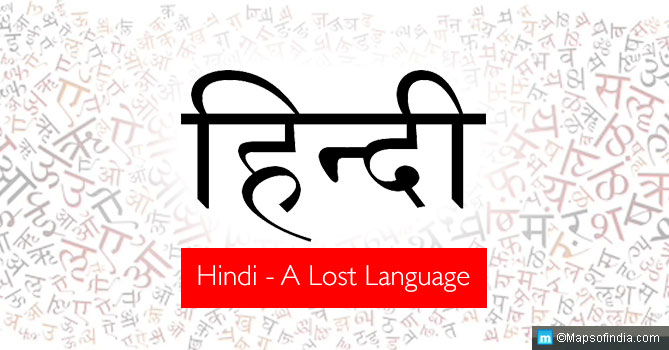Language is a medium to communicate. We all use different hand gestures and expressions for communication. Across the world, a variety of languages are used in different regions. In India too one can witness unmatched linguistic diversity. As per the census of 1961, there were nearly 1652 languages spoken in India. Hindi is the most common language spoken in the country. It was adopted as the official language of India on 14th September 1949. The day is also celebrated as Hindi Diwas in India. If you aren’t satisfied with the capsule knowledge and interesting facts about Indian languages.
Given below are some facts which you should read to satiate your desire for more.
- The Constitution of India designates English and Hindi as the official languages of the Government of India. However, as per Article 343(1) of the Indian Constitution, it is only the Hindi written in Devanagari Script that is accepted as the official language of the Union Government.
- The Eighth Schedule of the Indian Constitution recognises 22 languages that are given status and official encouragement as well. The 22 languages have been referred to as the scheduled languages.
- Tamil, Sanskrit, Malayalam, Odia, and Telugu have been given the distinction of classical languages because of their long history.
- Nearly all Indian languages fall into one of the 4 groups – Afro-Asiatic, Dravidian, Indo-Aryan, and Sino-Tibetan.
- Hindi has nearly 500-million speakers all over the world. It is the third most spoken language worldwide. Bengali and Punjabi are also included in the list of top 10 languages.
- People of Mattur Village which is situated in Shimoga District in Karnataka, speak to each other in Sanskrit.
- Sanskrit is the second official language of Uttarakhand. It is often supposed to belong to the same family as Latin.
- Telugu is an Indian language which is known as the ‘Italian of the East’.
- French is commonly spoken in Puducherry, even in today’s time.
- English is the official language of the Supreme Court and High Court as directed by the Constitution of India.
- All the major Indian epics are written in Sanskrit.
- English is not one of the recognised languages of India. (As per the eighth schedule of the Constitution, there are 22 languages that are given recognition, status and official encouragement but English is not one of those 22 languages).
- Sindhi, Konkani, Nepali, Manipuri, Maithili, Dogri, Bodo and Santhali are the languages which were added to the Eighth Schedule of the Constitution after amendments in the Constitution. Earlier, there were 14 languages which were initially included in the Constitution.
- Around 99% of Urdu verbs have their roots in Prakrit and Sanskrit.
- Nearly all Indian scripts come from the same script named Brahmi.
- Tamil and Sanskrit both are one of the oldest languages of the world and have extremely strong oral traditions as writing came much later to India in comparison to other parts of the world.
- February 21 was declared as the “International Mother Language Day” by UNESCO in 1999 to commemorate the Bengali Language movement which took place in 1952.
- Some states in India also have their own official languages like the official language of Jammu and Kashmir is Urdu, Uttarakhand is Sanskrit, and Goa is Konkani.
- 234 identifiable mother tongues are recognised as per the Ministry of Statistics and Programme Implementation report of 2011.
- The people of the Andaman and Nicobar Islands also speak Bengali, Hindi, Malayalam, Nicobarese, Tamil, and Telugu.
- Sanskrit is quite popular in Germany. More than 10 universities in Germany offer Sanskrit as a subject.
Know More Information: Indian Languages Map | List of some of the Indian Languages





